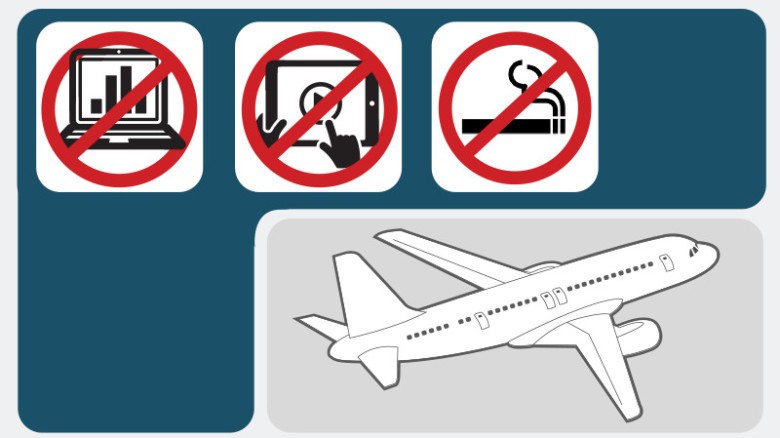
What’s really behind Trump’s laptop ban
Skeptics scoffed. But al Qaeda has been devising ingenious ways to blow up planes for years.

Skeptics scoffed. But al Qaeda has been devising ingenious ways to blow up planes for years.
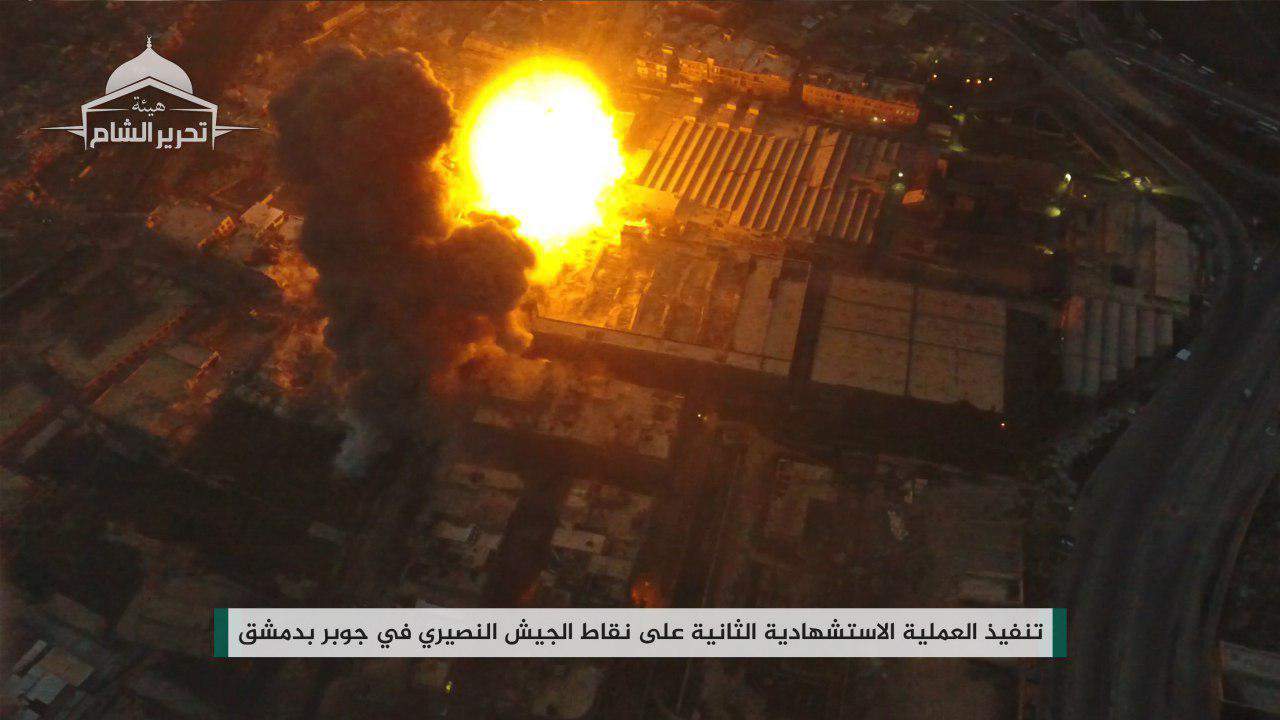
Hay’at Tahrir al Sham (HTS), Ahrar al Sham, and the Free Syrian Army-affiliated Faylaq al Rahman launched a surprise offensive against Bashar al Assad’s regime in Damascus yesterday. HTS, an al Qaeda front group, has been stepping up its attacks in the Syrian capital in recent weeks.
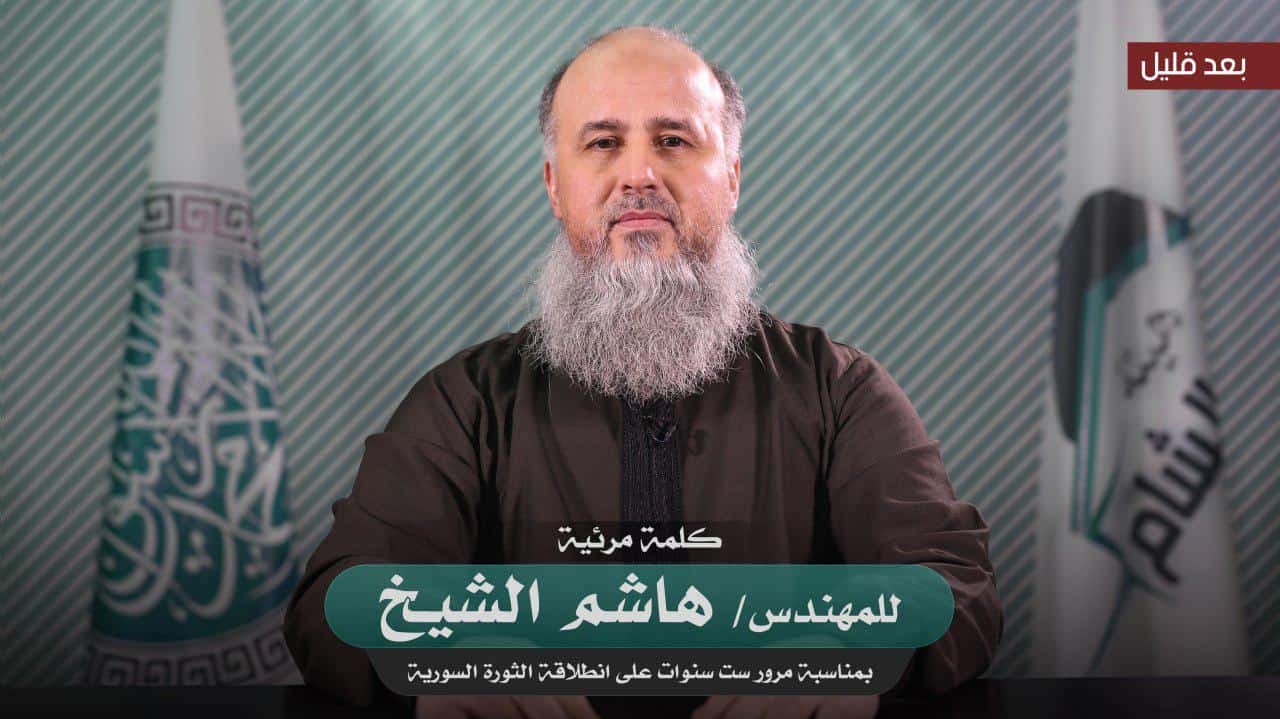
Abu Jaber (also known as Hashem al Sheikh), the leader of Hay’at Tahrir al Sham (HTS), has released a message commemorating the sixth anniversary of the Syrian revolution. He portrays HTS as a popular revolutionary force and calls on other rebel groups to join it for the sake of “unity.” He also promises to “escalate” operations against Bashar al Assad’s regime.
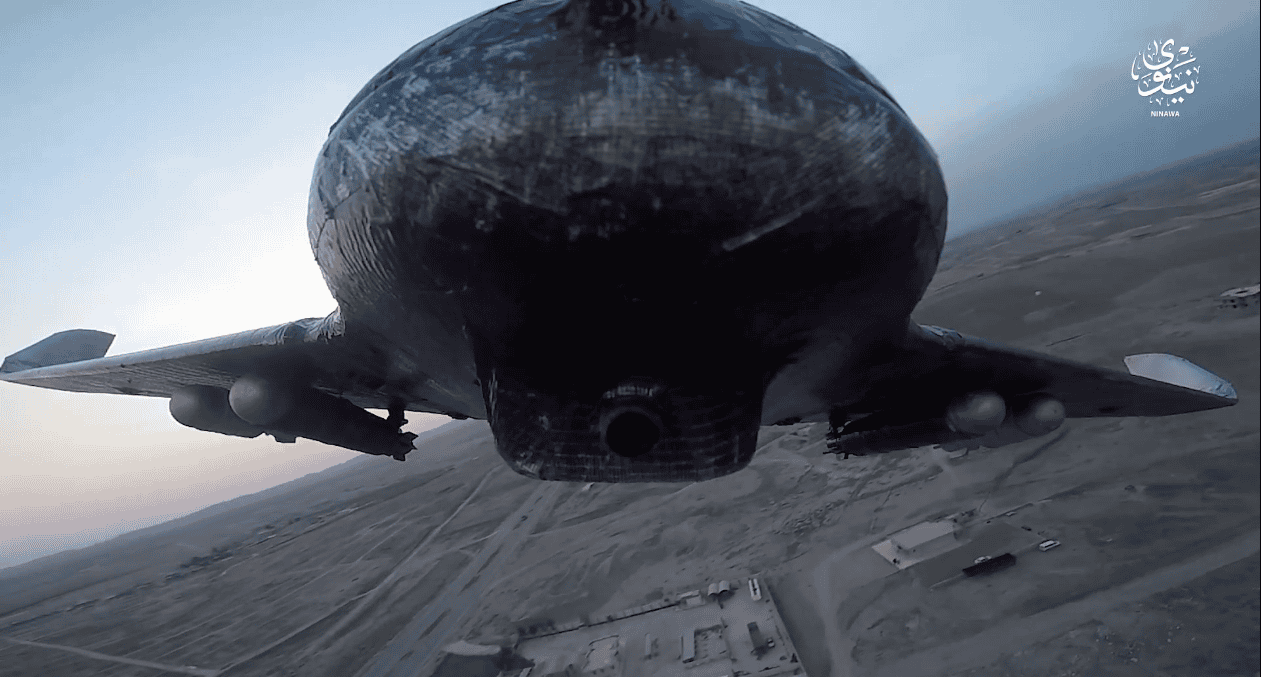
The Islamic State’s Ninawa province has released a video highlighting its use of improvised weapons of war in the battle for Mosul, Iraq. The weapons include: vehicle-borne improvised explosive devices (VBIEDs) with armor attached, modified drones, and a remote-controlled rocket launcher. Children or young adolescents used as “martyrdom” bombers are also featured in the propaganda production.
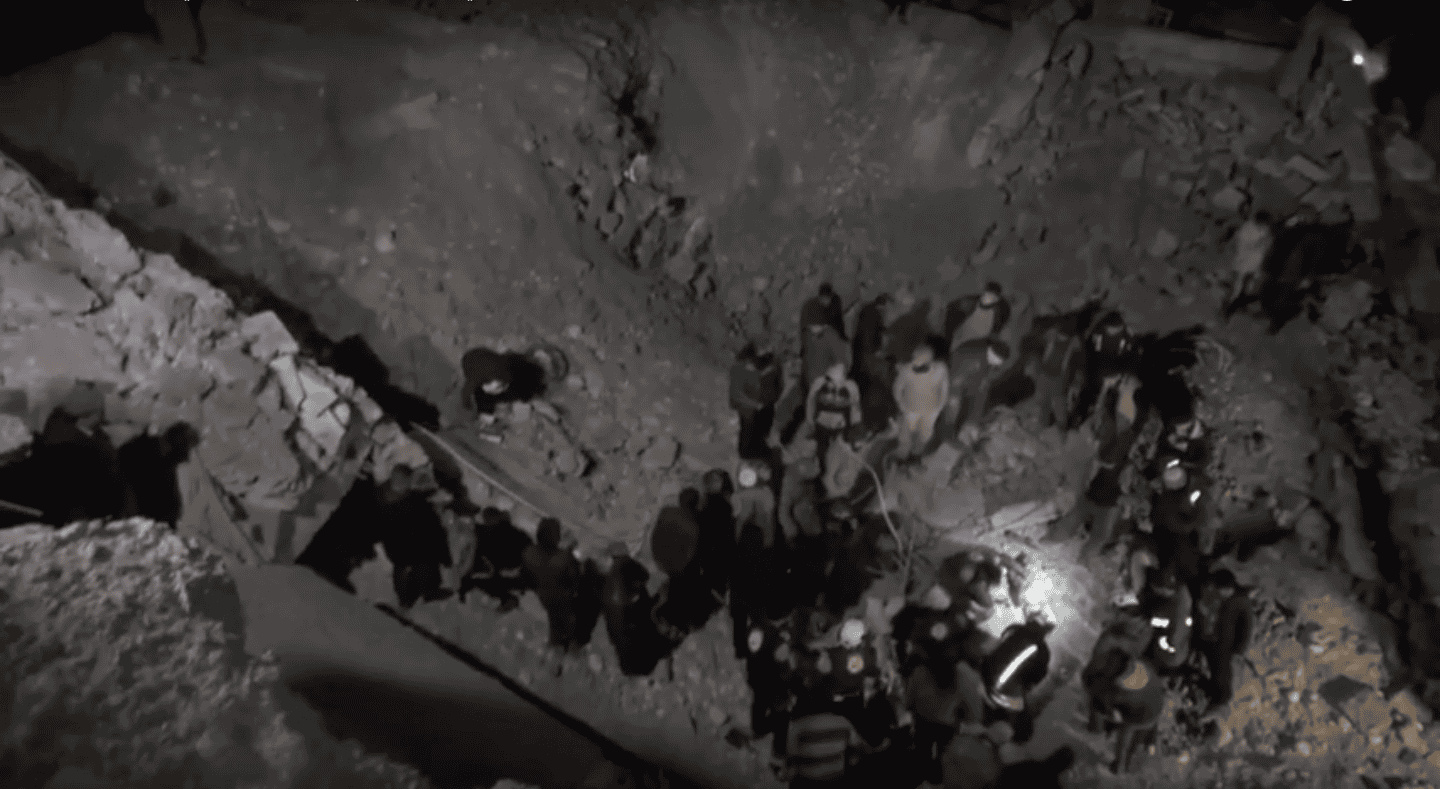
The US bombed what it says was a suspected al Qaeda “meeting location” in Syria. The airstrikes were immediately controversial, as Syrian activists and others said that the building hit was a mosque. The US has stepped up its air campaign in Syria since the beginning of the year by going after larger facilities suspected of being run by al Qaeda.
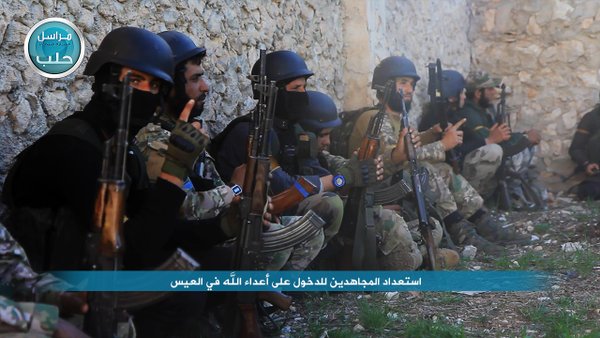
The US Treasury Department announced today that Muhammad Hadi al-`Anizi, a Kuwait-based “facilitator and financier” for al Qaeda and its Syrian branch, has been designated as a terrorist. Al Qaeda’s senior leadership appointed Al-`Anizi as al Qaeda’s “representative in Syria” sometime in 2014. His brother was previously designated by Treasury, which has repeatedly targeted al Qaeda’s support network in Kuwait.
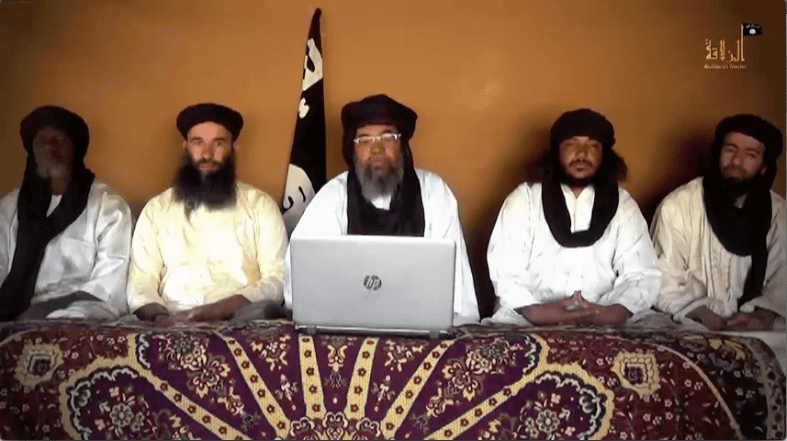
On Mar. 2, a new al Qaeda joint venture in West Africa was announced. The “Group for the Support of Islam and Muslims” is led by Ansar Dine’s Iyad Ag Ghaly and is openly loyal to Ayman al Zawahiri. It brings together four groups that were already part of al Qaeda’s international network.

Hay’at Tahrir al Sham (HTS), al Qaeda’s new front group in Syria, has claimed responsibility for two suicide bombings that targeted Shiites in Damascus yesterday. Al Qaeda generally avoids targeting Shiite civilians, but a number of children and women were reportedly killed. HTS attempts to justify the bombings by arguing that the jihadists targeted “Iranian militias” and Bashar al Assad’s forces.
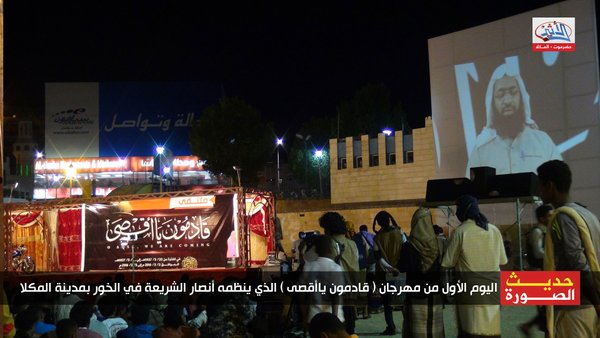
On March 9, Thomas Joscelyn testified before the Senate Committee on Foreign Relations. The hearing, “Resolving the Conflict in Yemen: U.S. Interests, Risks, and Policy,” was called to explore the political dynamics of the ongoing war in Yemen, as well as the roles played by foreign actors and al Qaeda.
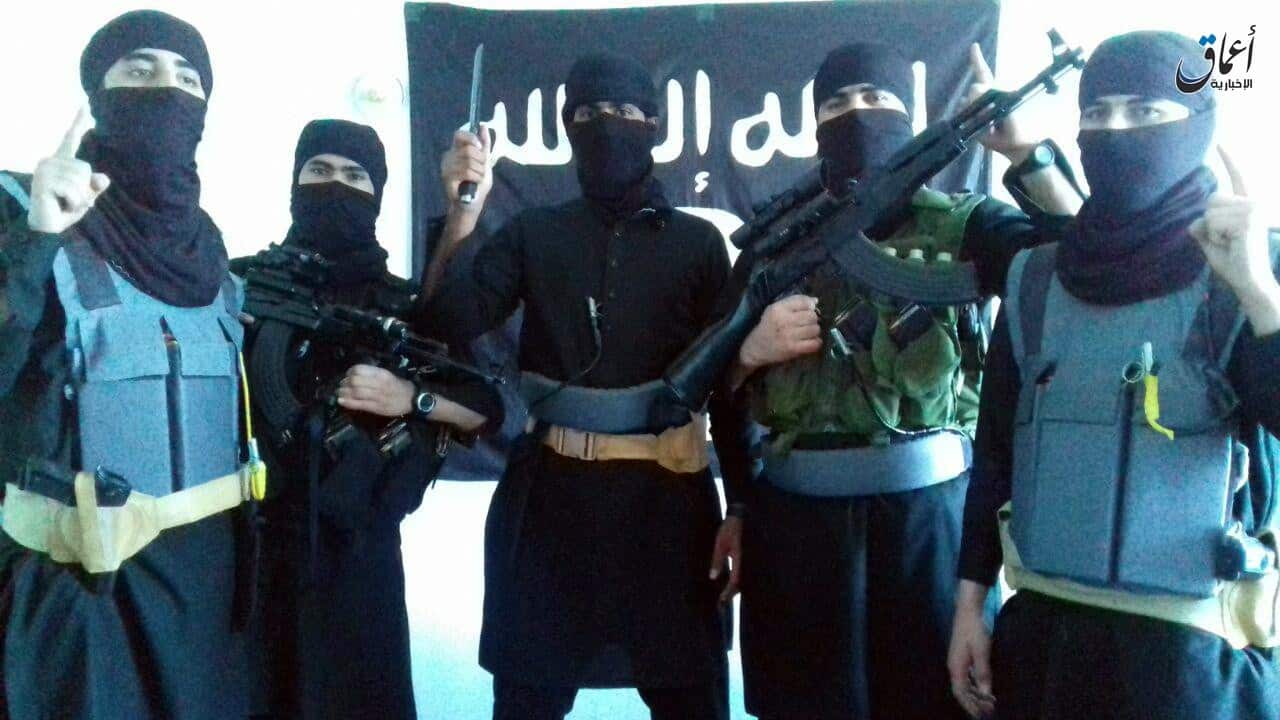
A team of five Islamic State inghimasi fighters terrorized the Sardar Mohammad Daud Khan Hospital in Kabul yesterday. The hospital is “the largest military medical facility in Afghanistan,” according to the UN. The Islamic State’s so-called Khorasan province has launched other inghimasi attacks in Afghanistan in the past.
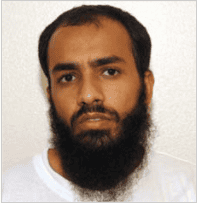
The Pentagon announced today that a former Guantanamo detainee, Yasir al Silmi, was killed in a bombing on Mar. 2 in Yemen. Joint Task Force Guantanamo identified al Silmi, also known as Muhammad Yasir Ahmed Taher, as a “high” risk and warned that he would “engage in extremist activities upon release.” He was transferred to Yemen on Dec. 19, 2009.
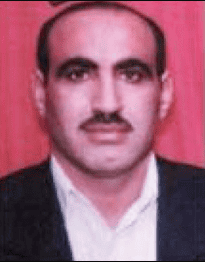
Al Qaeda has released a eulogy for Abu al Khayr al Masri, who was killed in a US airstrike in Idlib, Syria in late February. The eulogy emphasizes his close relationship with Osama bin Laden and his role as al Qaeda’s “representative” in meetings with the Taliban. Once in Syria, Masri was “honored” to oversee “combat operations” in the insurgents’ “management and planning rooms.”

The US killed al Qaeda veteran Abu al Khayr al Masri in a drone strike in Idlib, Syria in late February. Masri was identified as al Qaeda’s “general deputy” in July 2016. He worked to unite Syrian rebel groups under a common banner.
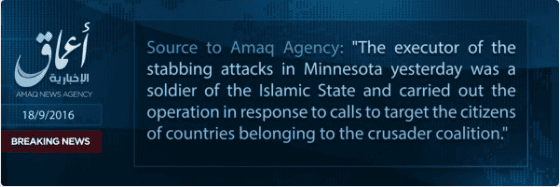
Testimony before the House Committee on Homeland Security, Subcommittee Counterterrorism and Intelligence, on the future of counterterrorism and addressing the evolving threat to domestic security.
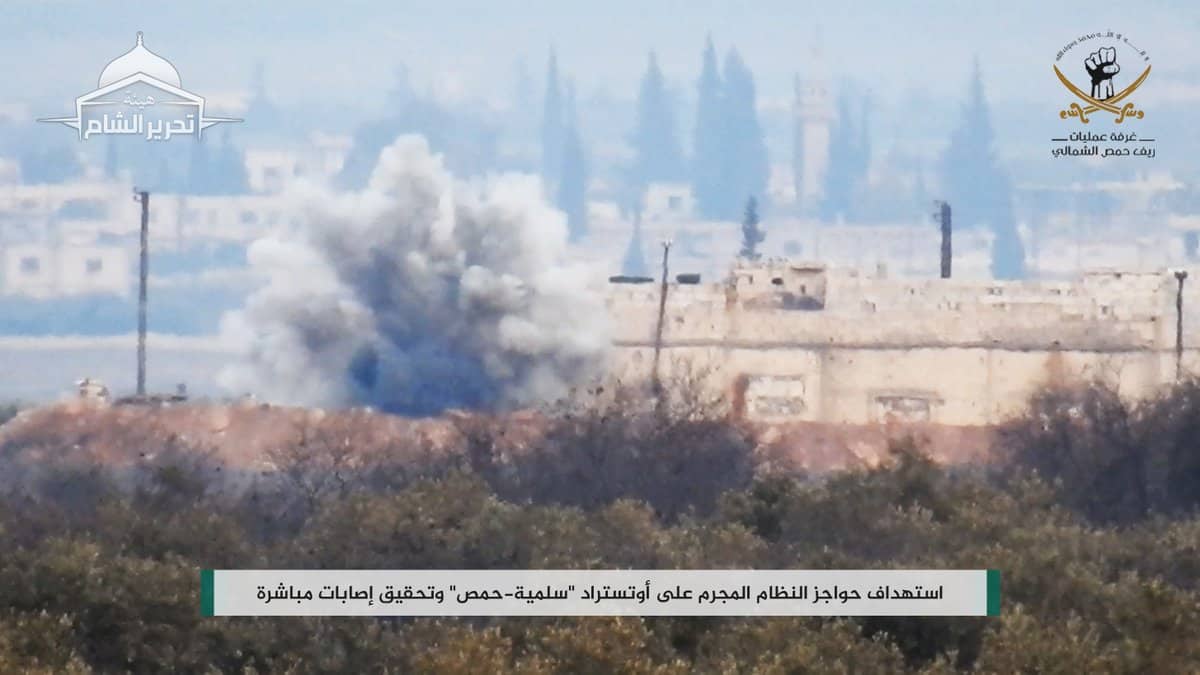
Hay’at Tahrir al Sham (HTS), a newly formed group that includes al Qaeda’s Syrian arm, launched a complex assault on the Assad regime’s security services in the city of Homs earlier today. A high-ranking military intelligence official was killed in the suicide raid.
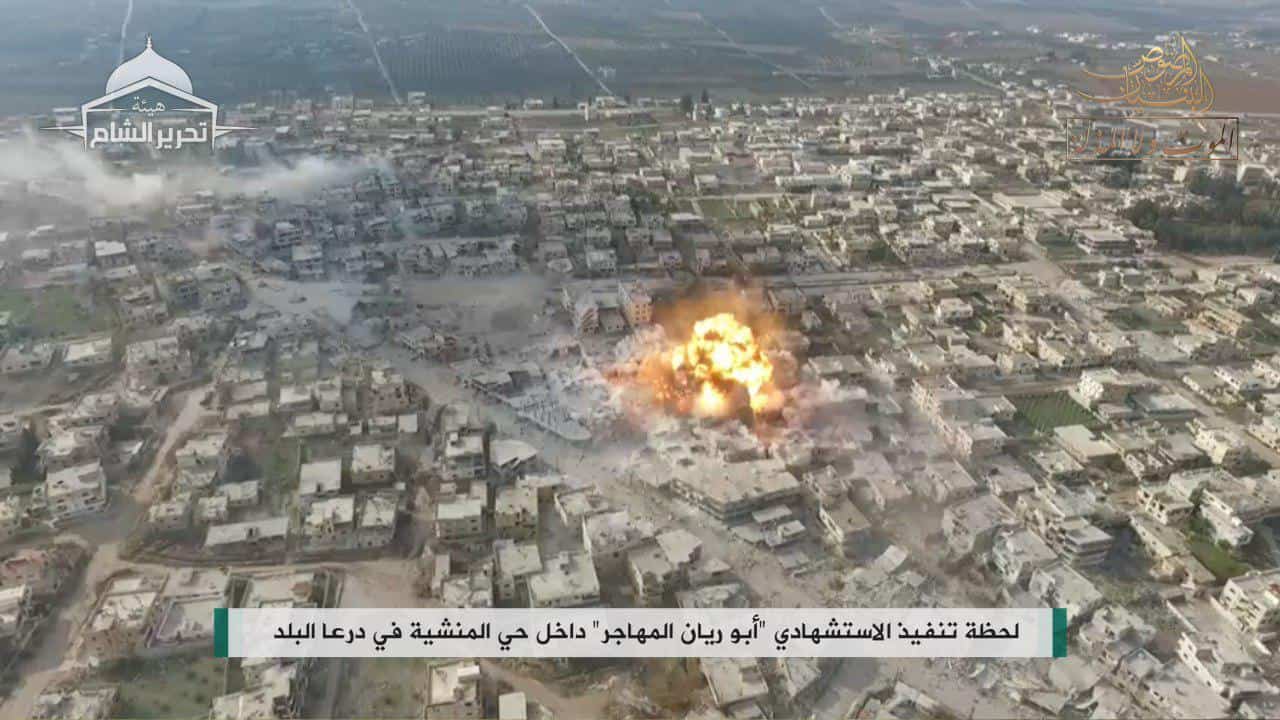
The US Treasury Department and the UN have added two senior jihadists to their terror sanctions lists. Both of them were leaders in the group formerly known as Al Nusrah Front, al Qaeda’s official branch in Syria. Treasury’s announcement provides new details about al Qaeda’s operations in Syria, including the organization’s history and personnel.
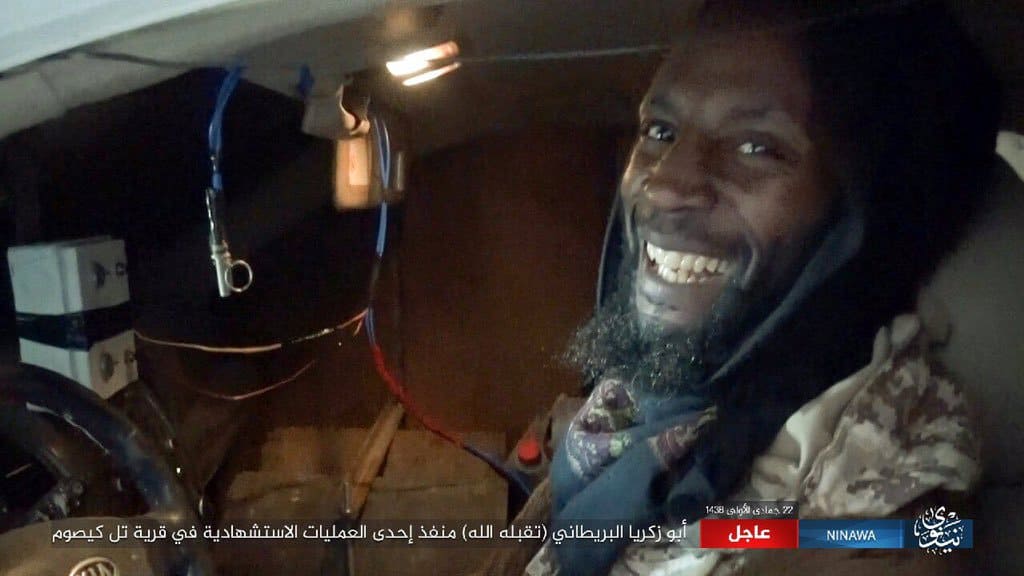
A former Guantanamo detainee known as Jamal al Harith (formerly Ronald Fiddler) launched a suicide attack with a vehicle borne improvised explosive device (VBIED) south of Mosul earlier this week. He is at least the second former Guantanamo detainee to launch a suicide attack in or around Mosul on behalf of the Islamic State and its predecessor organization.
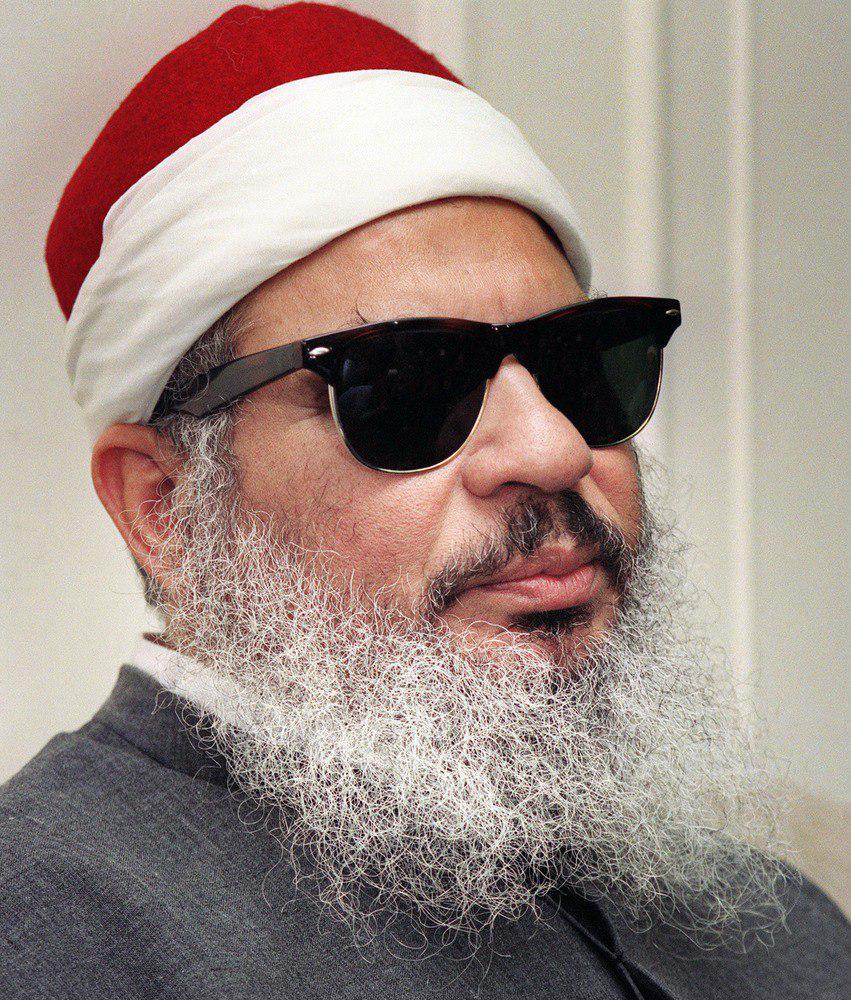
Al Qaeda agitated for Sheikh Omar Abdel Rahman’s release from a US prison for more than 20 years. Rahman, whose teachings had a significant influence on al Qaeda’s development, was convicted in 1995 of conspiring to attack several New York City landmarks.

A letter recovered in Osama bin Laden’s compound reveals that a senior AQIM commander recommended that his group train Boko Haram’s forces. Other official sources confirm that AQIM did provide the training and also groomed part of Boko Haram’s leadership. However, one of the Boko Haram leaders identified in the letter later cofounded a splinter group known as Ansaru, which rejects Boko Haram’s policies. Ansaru has been supported by AQIM.

On Feb. 12, the newly formed Hay’at Tahrir al Sham (HTS) and other insurgent groups launched an offensive against Bashar al Assad’s regime in the southern city of Daraa. Two HTS suicide bombers were deployed at the beginning of the battle. HTS includes al Qaeda’s arm in Syria.

The US-led coalition targeted Rachid Kassim near Mosul, Iraq earlier this week. Kassim is an Islamic State operative responsible for “remote-controlling” attacks in France. He has been tied to several plots.
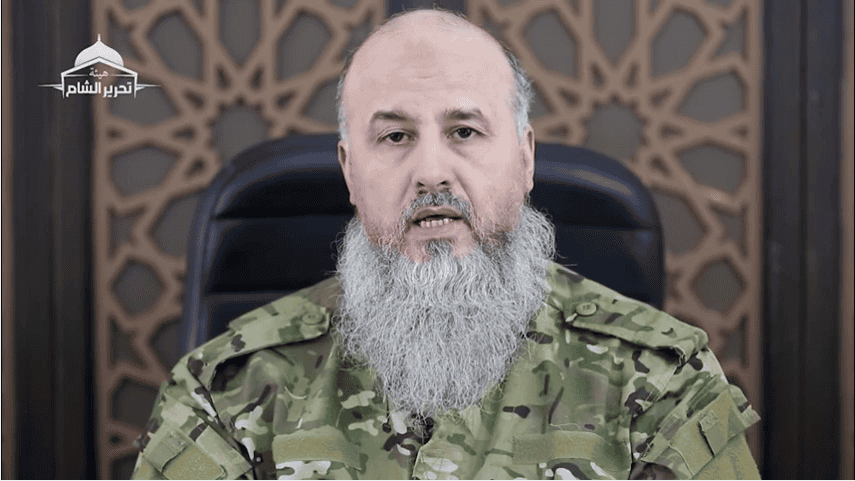
Abu Jaber has released his first speech as the general commander of the newly formed Ha’yat Tahrir al Sham (“Assembly for the Liberation of Syria”). He calls on other factions to join his group, promises to wage jihad on Bashar al Assad’s regime until the end and claims that losing the war would be catastrophic for Syria’s Sunnis.
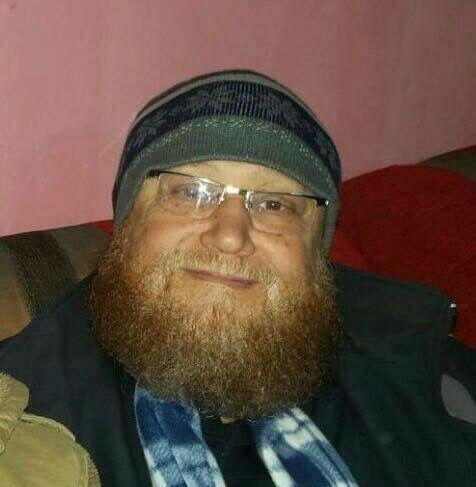
The Pentagon announced that 11 al Qaeda operatives were killed in a pair of airstrikes near Idlib, Syria earlier this month. One of them, Abu Hani al Masri, is described as “a legacy al Qaeda terrorist with ties to the group’s senior leaders, including Ayman al Zawahiri and Osama bin Laden.”
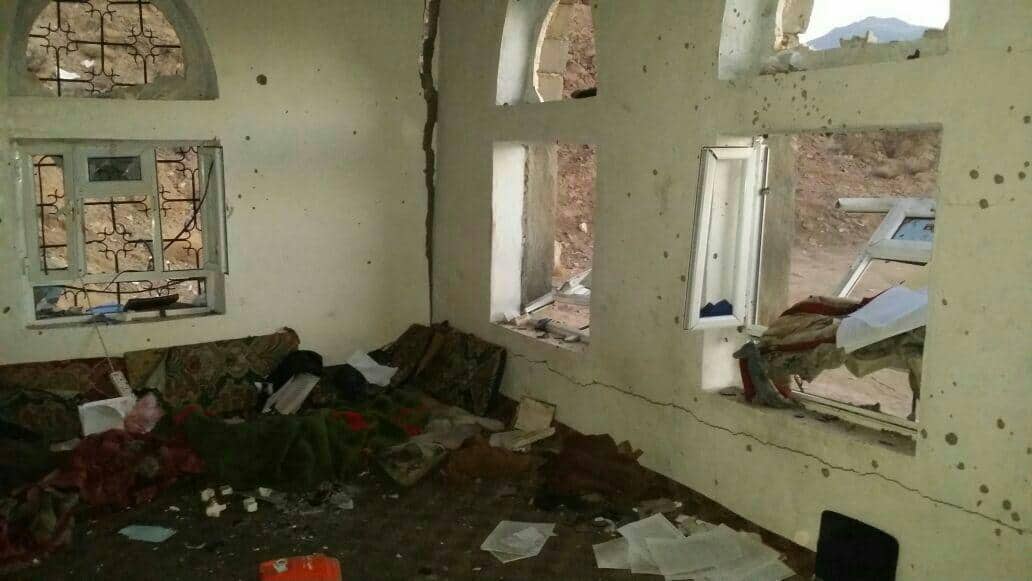
The seventh issue of Al Qaeda’s Al Nafir Bulletin, which was released earlier today, denounced the recent American counterterrorism raid in Yemen. The group’s statement portrayed the operation as an assault on all Muslims and threatened President Donald Trump, saying “the flame of jihad has ignited and reached all over the world.”
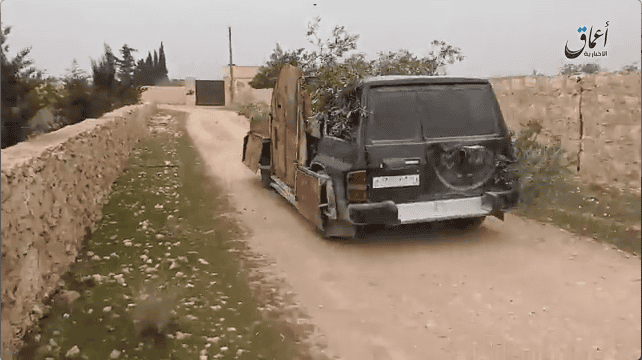
The Islamic State has been battling Turkey and allied groups north of Al Bab, Syria since Nov. 2016. The US was reluctant, at first, to support Turkey’s ground operations near the town. But that changed after Turkey turned to Russia for aerial support. The Syrian regime and its allies also launched an offensive south of Al Bab earlier this month.

Five groups, including al Qaeda’s rebranded branch, have announced the creation of a new group in Syria. The move comes after weeks of reported disagreements and clashes between the insurgents in northern Syria.
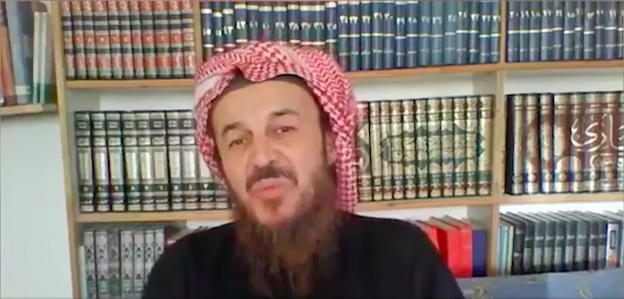
In a statement released last week, Abu Muhammad al Maqdisi, an influential jihadi ideologue aligned with al Qaeda, criticized Turkey’s cooperation with Russia against the Islamic State. Maqdisi warned jihadists and Islamists in Syria to rethink their decision to work with Turkey’s Operation Euphrates Shield, which has captured significant territory from the so-called caliphate in northern Syria.
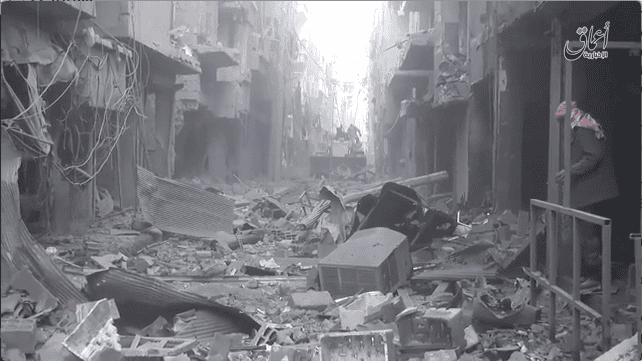
According to the UN Office for the Coordination of Humanitarian Affairs (OCHA), a new offensive by the Islamic State has effectively cut the city of Deir Ezzor in two. The Islamic State has battled forces loyal to the Assad regime in and around Deir Ezzor since mid-2014. The jihadis’ latest assault has exacerbated the ongoing humanitarian crisis in the city.
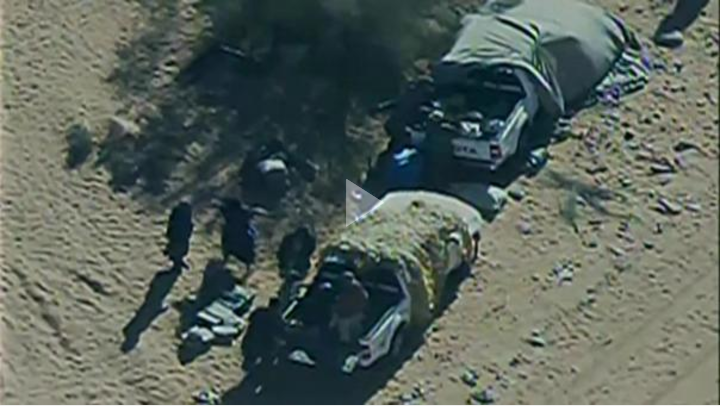
During his last press briefing as Secretary of Defense, Ash Carter said that some of the Islamic State jihadists recently targeted in Libya were “external plotters, who were actively planning operations against our allies in Europe.”
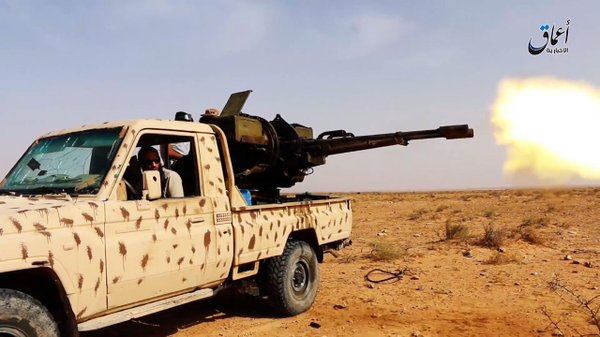
The US bombed two Islamic State camps 28 miles southwest of Sirte, Libya last night. The camps were located in a remote desert location, but were part of the jihadists’ plan to mount a comeback in the more populated areas of Libya. The Islamic State lost control of Sirte late last year.